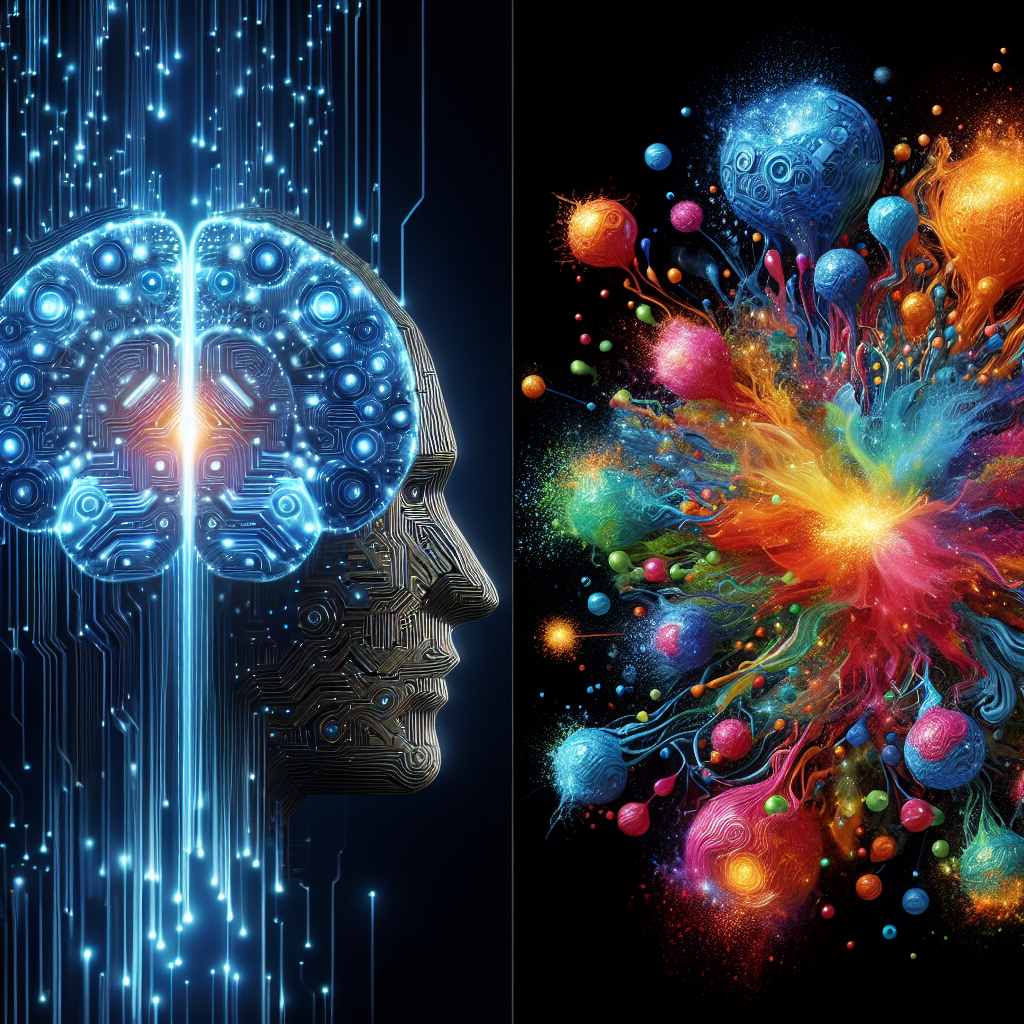Artificial Intelligence (AI) has been making waves in various industries, from healthcare to finance and beyond. But one area where AI is really starting to shine is in the realm of creativity. Generative AI, in particular, is changing the game when it comes to producing original and innovative content.
Generative AI refers to AI systems that can create new content, such as images, music, or text, without direct human input. These systems are trained on large datasets of existing content and can then generate new content based on patterns and trends they have learned. This ability to generate new content has the potential to revolutionize the creative process in a variety of fields.
One area where generative AI is making a big impact is in the world of art and design. Artists and designers can use generative AI tools to quickly generate new ideas and concepts, helping them to break through creative blocks and explore new possibilities. For example, generative AI can be used to create unique and eye-catching designs for products, logos, or marketing materials.
Generative AI is also being used in the music industry to create original compositions. Musicians and producers can use AI tools to generate new melodies, harmonies, and rhythms, which can then be used as a starting point for their own compositions. This can help musicians to explore new genres and styles, or to break out of creative ruts.
In the world of literature, generative AI is being used to generate new stories and poems. Writers can use AI tools to generate new plot ideas, character concepts, and even entire scenes. This can help writers to overcome writer’s block and spark new ideas for their work.
One of the key advantages of generative AI is its ability to produce a large volume of content quickly and efficiently. This can be particularly useful in industries where content needs to be produced at scale, such as marketing and advertising. Generative AI can help companies to generate a wide range of content, from social media posts to video advertisements, in a fraction of the time it would take a human to do the same.
Of course, there are also challenges and ethical considerations to consider when it comes to generative AI. For example, there is the question of intellectual property rights when AI systems generate content that is similar to existing works. There is also the issue of bias in AI systems, as they are trained on existing datasets that may contain biases and stereotypes.
Despite these challenges, it is clear that generative AI is changing the game when it comes to creativity. By providing artists, designers, musicians, and writers with new tools and techniques for generating original content, AI is helping to push the boundaries of what is possible in the creative world. As generative AI continues to evolve and improve, we can expect to see even more exciting and innovative creations emerge in the years to come.


Leave a Reply